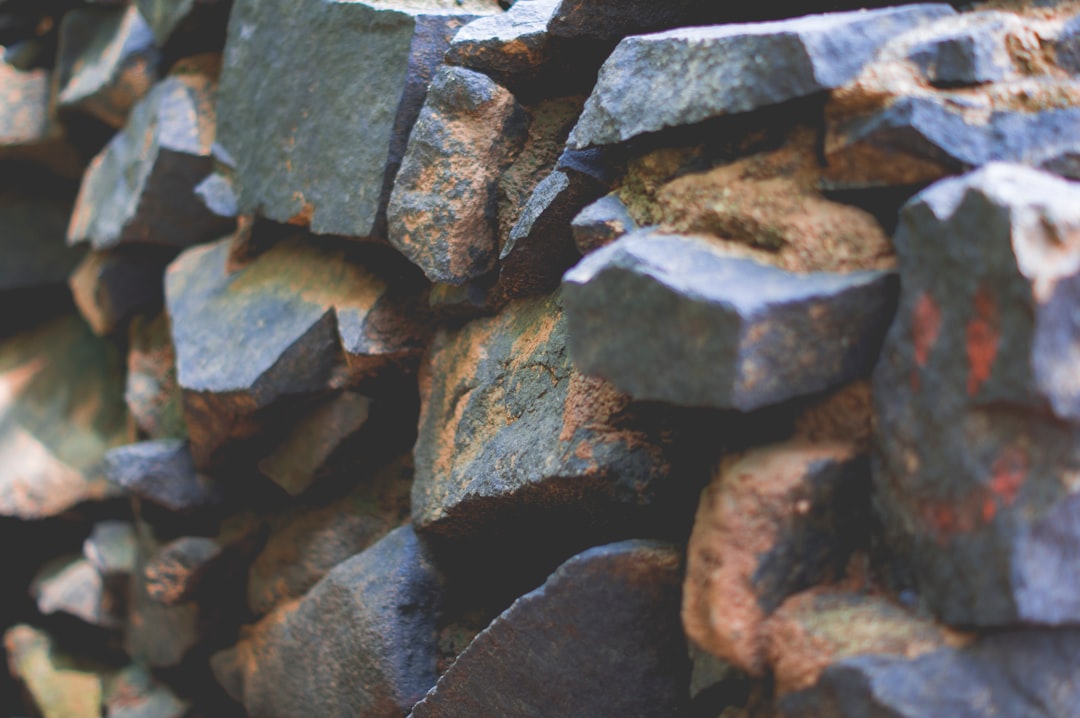What is it about?
This research is about the Southern Alps, a mountain range in New Zealand. These mountains were formed due to the collision between the Pacific and Australian plates. The Alps are bounded to the northwest by the Alpine Fault, which produces earthquakes of magnitude ∼8 every 300 years. We studied thousands of small-magnitude earthquakes that happened over a decade and also looked at how different minerals cooled down over time. We combined these two pieces of information to create a model to understand how fast the mountains are rising and the temperature at the places where earthquakes occur.
Featured Image

Photo by James Pere on Unsplash
Why is it important?
We use two contrasting types of data that have rarely been integrated before to constrain the thermal model of a young transpressive orogen. In addition, this work is also timely because it provides insights into the mechanics and kinematics of the Alpine Fault, a major plate boundary fault that is expected to produce a large earthquake in the near future.
Perspectives
This article marks a significant milestone in my research as it represents the first time I used thermochronological data and numerical modeling. This work has enriched my understanding of the mountain-building processes of the Southern Alps and how these connect to the current seismic activity.
Konstantinos Michailos
Read the Original
This page is a summary of: Crustal Thermal Structure and Exhumation Rates in the Southern Alps Near the Central Alpine Fault, New Zealand, Geochemistry Geophysics Geosystems, August 2020, American Geophysical Union (AGU),
DOI: 10.1029/2020gc008972.
You can read the full text:
Contributors
The following have contributed to this page










